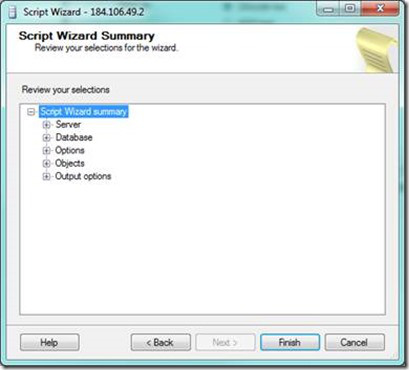

('HQ', 'Bagel', 3, NOW() - INTERVAL '3 day' - INTERVAL '1 hour') ('1st Street', 'Bagel', 3, NOW() - INTERVAL '2 day' - INTERVAL '1 hour'), INSERT INTO sales(location, product, price, sold_at) VALUES Let's create the table and insert some sales data: CREATE TABLE sales(

But for illustrating the GROUP BY concepts we'll just use simple TEXT columns. If we were building this table in a real application we'd set up foreign keys to other tables (like locations or products). We'll call this table sales, and it will be a simple representation of store sales: the location name, product name, price, and the time it was sold. Setting up the data (creating sales)įor our examples we'll use a table that stores the sales records of various products across different store locations. You will learn and remember far more by working through these examples rather than just reading them. I encourage you to follow along with these examples and run these queries for yourself. Note: I've cleaned up the psql output in these examples to make it easier to read, so don't worry if the output shown here isn't exactly what you've seen in your terminal. You are now connected to database "fcc" as user "john". Next let's start the interactive console by using the command psql, and connect to the database we just made using \c : $ psql With PostgreSQL already installed, we can run the command createdb at our terminal to create a new database. If you have another database client that you enjoy working with that's fine too. To work with our PostgreSQL database, we can use psql-the interactive PostgreSQL command line program.
#Sql script summarize tool how to
In this article we'll look at how to construct a GROUP BY clause, what it does to your query, and how you can use it to perform aggregations and collect insights about your data. Alternatively, you can resize the dialog box as required.The GROUP BY clause is a powerful but sometimes tricky statement to think about.Įven eight years later, every time I use a GROUP BY I have to stop and think about what it's actually doing. To more easily view the script in your query editor as you navigate the summary, it can be useful to move the Summarize Script dialog box onto another monitor. If you click on the main keyword for a block, the block is highlighted. You can click any keyword in the summary to highlight it in your query editor: SETUSER, EXECUTE AS LOGIN, and REVERT commands The following symbols are used to draw your attention to commands that change the context: To expand a block, click or double-click the keyword. For example, the keywords within a CREATE statement are grouped into a block. The script is displayed in grouped blocks of SQL.

The Summarize Script dialog box is displayed: On the SQL Prompt menu, click Summarize Script.Open the script you want to summarize in a query window.SQL Prompt allows you to view a summary of the actions that a SQL script performs, in the order in which they occur.
#Sql script summarize tool pro
Summarizing a script is available only in SQL Prompt Pro Edition.


 0 kommentar(er)
0 kommentar(er)
